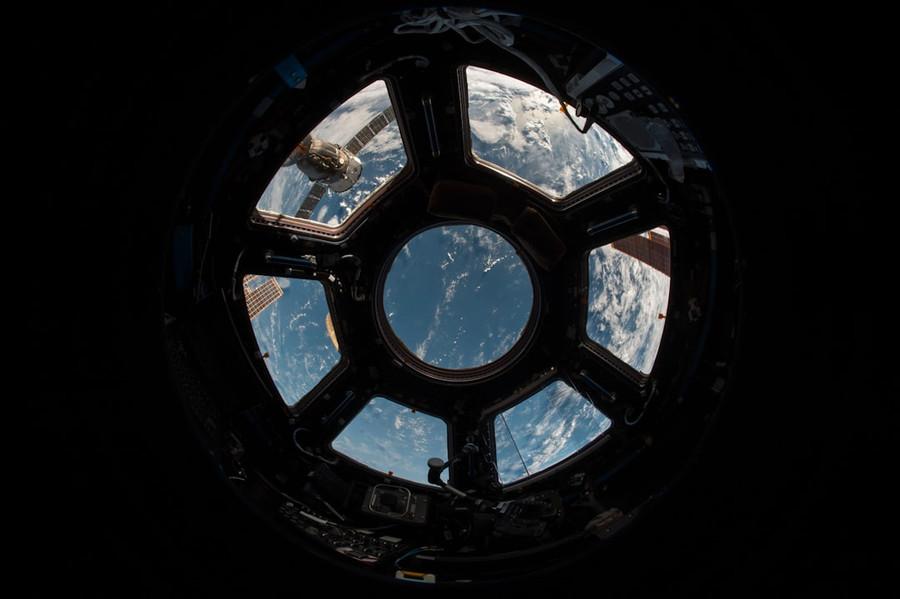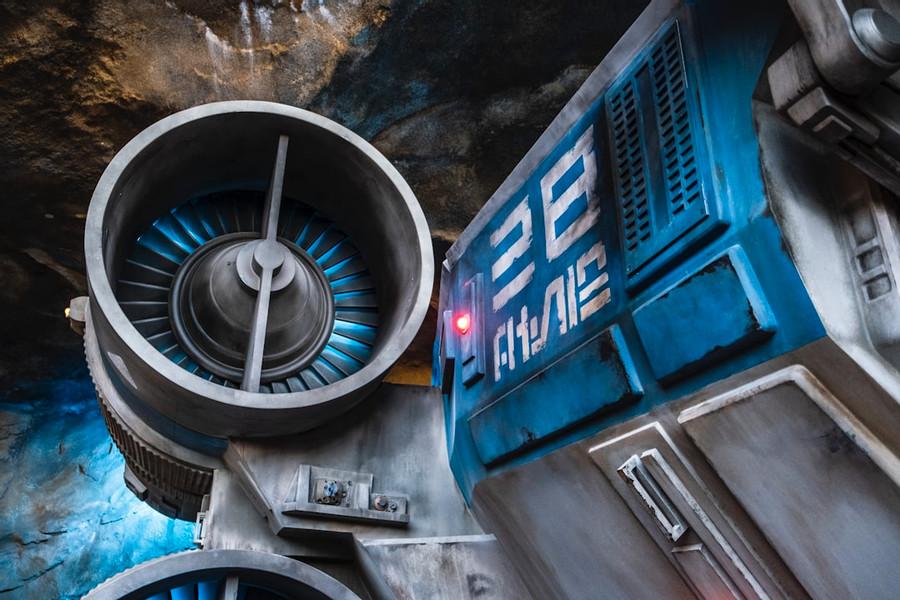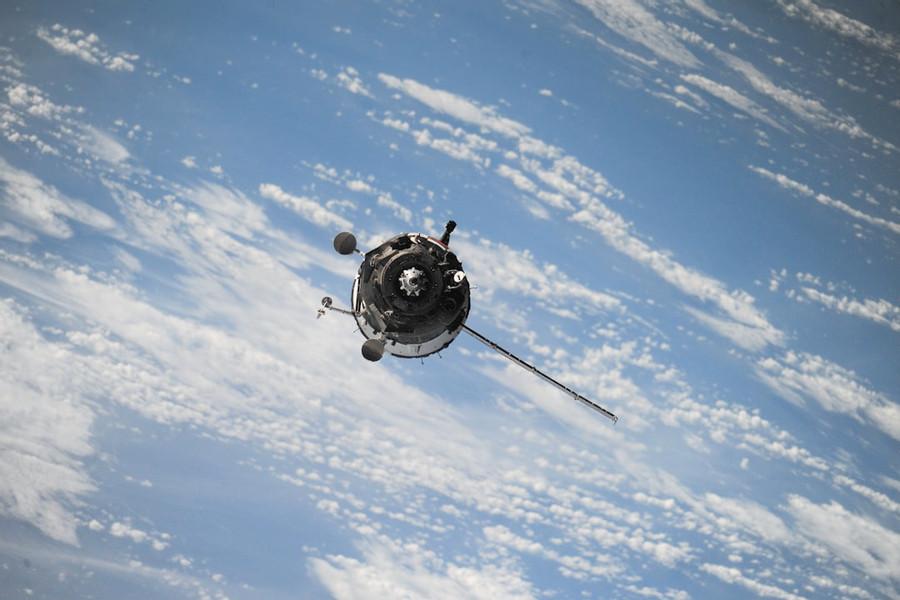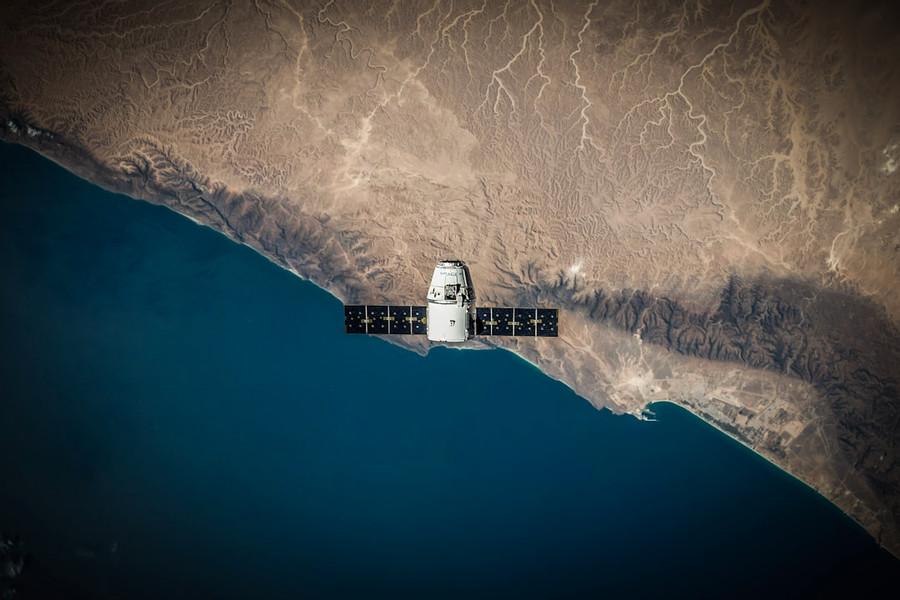Top Five Technologies Needed for a Spacecraft to Survive Deep Space
Curated from: nasa.gov
Ideas, facts & insights covering these topics:
6 ideas
·963 reads
11
1
Explore the World's Best Ideas
Join today and uncover 100+ curated journeys from 50+ topics. Unlock access to our mobile app with extensive features.
Introduction
When a spacecraft built for humans ventures into deep space, it requires an array of features to keep it and a crew inside safe.
14
205 reads
Systems to Live and Breathe
- As humans travel farther from Earth for longer missions, the systems that keep them alive must be highly reliable while taking up minimal mass and volume.
- Even small systems have to function reliably to support life in space, from a working toilet to an automated fire suppression system or exercise equipment that helps astronauts stay in shape to counteract the zero-gravity environment in space
17
157 reads
Proper Propulsion
- The farther into space a vehicle ventures, the more capable its propulsion systems need to be to maintain its course on the journey with precision and ensure its crew can get home.
16
151 reads
The Ability to Hold Off the Heat
- Going to the Moon is no easy task, and it’s only half the journey. The farther a spacecraft travels in space, the more heat it will generate as it returns to Earth. Getting back safely requires technologies that can help a spacecraft endure speeds 30 times the speed of sound and heat twice as hot as molten lava or half as hot as the sun.
19
161 reads
Radiation Protection
- As a spacecraft travels on missions beyond the protection of Earth’s magnetic field, it will be exposed to a harsher radiation environment than in low-Earth orbit with greater amounts of radiation from charged particles and solar storms that can cause disruptions to critical computers, avionics and other equipment.
- Humans exposed to large amounts of radiation can experience both acute and chronic health problems ranging from near-term radiation sickness to the potential of developing cancer in the long-term.
17
140 reads
Constant Communication and Navigation
- Spacecraft venturing far from home go beyond the Global Positioning System (GPS) in space and above communication satellites in Earth orbit. To talk with mission control in Houston, Orion will use all three of NASA’s space communications networks.As it rises from the launch pad and into cislunar space, Orion will switch from the Near Earth Network to the Space Network, made possible by the Tracking and Data Relay Satellites, and finally to the Deep Space Network that provides communications for some of NASA’s most distant spacecraft.
16
149 reads
IDEAS CURATED BY
CURATOR'S NOTE
This is my 1st post on this platform
“
The Astroman's ideas are part of this journey:
Learn more about productivity with this collection
How to choose the right music for different tasks
The benefits of listening to music while working
How music affects productivity
Related collections
Similar ideas
Read & Learn
20x Faster
without
deepstash
with
deepstash
with
deepstash
Personalized microlearning
—
100+ Learning Journeys
—
Access to 200,000+ ideas
—
Access to the mobile app
—
Unlimited idea saving
—
—
Unlimited history
—
—
Unlimited listening to ideas
—
—
Downloading & offline access
—
—
Supercharge your mind with one idea per day
Enter your email and spend 1 minute every day to learn something new.
I agree to receive email updates






